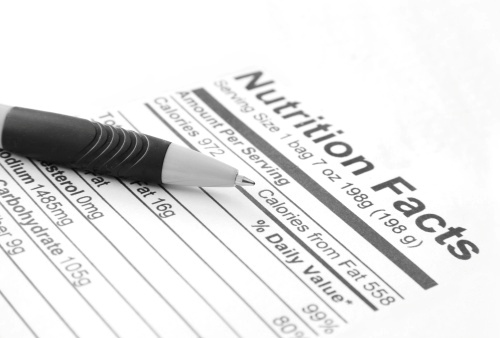
What Some Of The Food Labels Actually Mean
Health-conscious consumers will, no doubt, be using the claims made on the products they buy to find foods that aren't damaging their bodies. You may be looking for low-fat products made with real fruit, whole grains, and zero trans fats. You may be looking for "natural" products that are good for you and your family. Unfortunately, many of the labels on your foods aren't much more than a clever marketing ploy. You will frequently find products with some of the descriptions above, and all of them can be misleading. Zero trans fats doesn't mean no trans fats at all after all. Products that contain real fruit or whole grains may have minute amounts, while descriptions of how much fat a food contains may serve to trick you. "Natural" could be the most confusing description of them all — it does not tell you anything about what is in a product, or how healthy it is.l
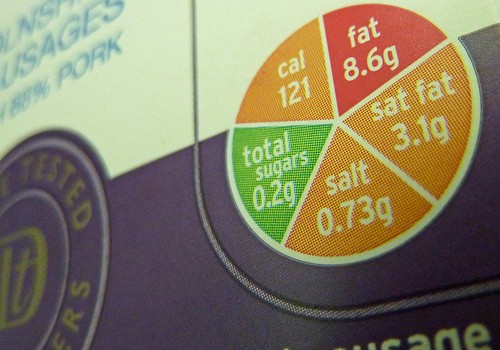
Food Labels: More Misleading Than You Might Think
Are you hoping to lose weight, trying to become healthier, or do you just want to be informed? Nutrition labels should be your friend, right? If only it was that simple. Food labels and on-package adverts telling you that the food you are thinking of buying is "made with real fruit", "natural", or even "organic" can be a whole lot more misleading than you might expect. Food labels must, by law, be truthful. Unfortunately, that doesn't mean that marketing professionals can't use their creative license to make you believe something that isn't all that true after all. Something is "made with real fruit" even if it's 95 percent artificial and five percent fruit, for instance. In order to get the whole picture, you have to look beyond the manufacturers claims.
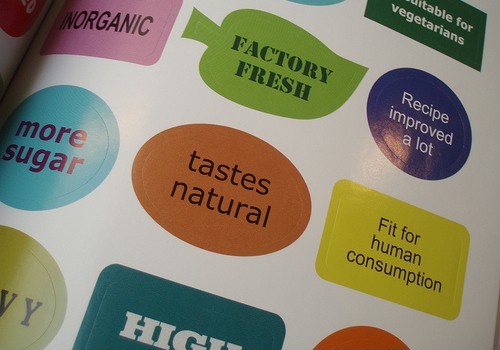
The Meaning Of "Natural" On Food Packages
"Natural" might be the single most misleading claim you can find on food packaging. It makes you think of farms, gardens, and health. Use of the term "natural" is not, however, regulated by the Food and Drug Administration, so any manufacturer could use it. Your "naturally" flavored candy may contain real fruit juice, but it's still bad for you. Your "all natural" crackers may be full of fat but made with "real" wheat. The moral of the story is that the word "natural" should never be enough to convince you that something is healthy, nor that the manufacturer's definition of natural is anything like your own.
- Important notification about information and brand names used in this slideshow!
- Photo courtesy of tiffany terry by Flickr : www.flickr.com/photos/35168673@N03/5782038776/
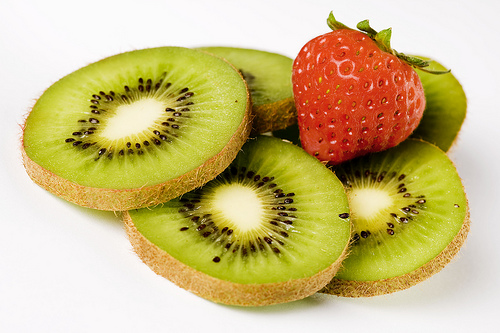
Made With Real Fruit — But How Much?
"Made with real fruit" sounds fantastic. With so many highly processed foods around us, this claim alone might convince us to by a product. But what does "real fruit" truly mean? In short, nothing much. If a manufacturer claims that a product was made with real fruit or contains real fruit juice, it does. But there are no regulations that state what percentage of the product must be made with real fruit, and that means a single drop of lemon juice could make this claim truthful. That's not really what you had in mind, was it? In order to find out more, check the ingredient list and watch out for words like corn syrup, fructose, sugar and of course E numbers.
- Important notification about information and brand names used in this slideshow!
- Photo courtesy of Derek Thomas by Flickr : www.flickr.com/photos/djt23/2750365187/
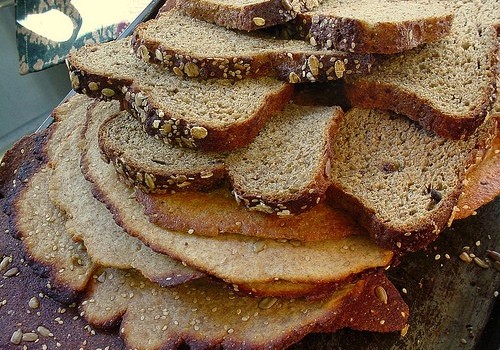
Don't Let A "Made With Whole Grains" Label Fool You
Have you noticed that many grain products have "whole grain" labels stamped across them? Don't be tempted to believe that the food industry finally understood the importance of using wholesome, healthy ingredients and that white flour is becoming a thing of the past. The "whole grains" claim seems simple enough, but it can just as deceptive as "made with real fruit". Just how do you tell the difference between a true whole-grain product and one that has taken marketing spin to an extreme? If your bread, cereal, cracker or other grain product says "100 percent whole wheat", you're good to go. "Made with whole grains" could mean that there is a tiny amount of whole grain in the product, on the other hand. "Multigrain" just means there are different types of grain. Don't be fooled.
- Important notification about information and brand names used in this slideshow!
- Photo courtesy of George Wesley & Bonita Dannells by Flickr : www.flickr.com/photos/85934826@N00/5559186394/

Are "Multigrain" Products Healthier?
A "multigrain" label makes a product sounds like it has a nice variety of grains, and it may even be combined with a note telling you the product was made with whole grains. A multigrain label is confusing and misleading, however. It does tell you that the product in question is made with different types of grain, but not how healthy it is. For all you know, all the grains could be refined, and your product could contain next to no fiber. If your product is made with 100 percent whole grains, the manufacturer would be silly not to mention that — instead of using the multigrain label. Look out for "bleached" and "enriched" on the ingredient list for a more complete story.
- Important notification about information and brand names used in this slideshow!
- Photo courtesy of Jennuine Captures by Flickr : www.flickr.com/photos/picturepurrfect685/4511085641/
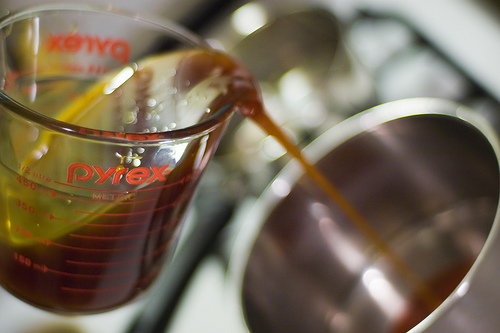
Corn Syrup — Highly Processed And Rich In Calories
Corn syrup is a calorie-rich sweetener that you will find in many products including candy, deserts, and baked goods. Yes, corn syrup is derived from corn. That doesn't make it any healthier than just plain old refined sugar, however. People who are looking for truly natural and healthy products should look out for corn syrup on ingredient lists of foods they might otherwise just throw in their shopping carts. Corn syrup is by definition a highly processed food, and if there is a lot of it in your special treat, you may want to think about buying something else — like fresh fruit — instead.
- Important notification about information and brand names used in this slideshow!
- Photo courtesy of Laura Taylor by Flickr : www.flickr.com/photos/bookgrl/2678112853/
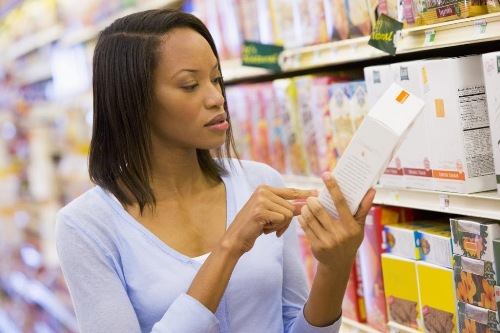
Looking For Low-Fat Foods?
Food manufacturers are quite aware that you would like to avoid obesity and prefer to ear healthier, low-fat products — and they capitalize on this, sometimes in bizarre ways. That's how cartons containing "100 percent orange juice" also end up with "100 percent fat-free" claims on occasion. You know there isn't any fat in oranges, but don't be fooled by the message that your meat is "95 percent fat-free" either. Quit looking at what isn't in there, and do the math. When something is 95 percent fat-free, there is five percent fat. It's as simple as that. Check the number of calories in your food information that you can really use.
- Important notification about information and brand names used in this slideshow!
- Photo courtesy of Victory MMA nad Fitness by Picasa : picasaweb.google.com/lh/view?q=woman+reading+food&uname=109008901828086469253&psc=G&filter=1#5870942820405367426
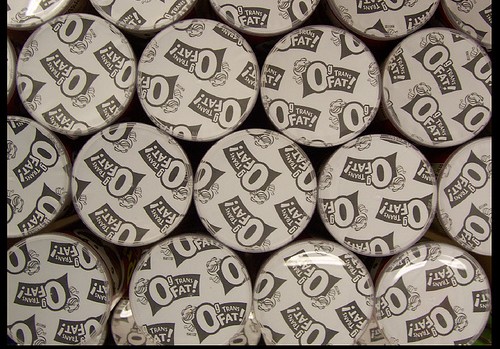
Zero Trans Fats: When 'Zero' Doesn't Mean Nothing
In recent years, increasing numbers of people have become aware of the harmful effects of so-called trans fats — highly processed .unsaturated fat with trans-isomer fatty acids. In an effort to eat a balanced and healthier diet, you may look for foods that contain "zero trans fats". It is hard to believe that even a "zero something" claim can be misleading, yet that is true. Foods that have 0.5 grams or less of a nutrient PER SERVING may be listed as "zero something". That can add up to quite a bit if you are talking about packaged foods like mini muffins, let's say. Any product that lists partially hydrogenated oils on the ingredient list actually does have trans fats. Just so you know.
- Important notification about information and brand names used in this slideshow!
- Photo courtesy of and parsecs to go by Flickr : www.flickr.com/photos/andparsecstogo/393264606/

How To Make A Healthy Food Choices
Now that you know that many claims made on food products are misleading — though never quite a total lie — you may be confused, worried, and wondering which foods are actually healthy. The key is to move away from processed foods as much as possible. Anything you could find at a farmers' market is going to be healthier than highly processed foods, even if it is not organic. Make your meals from scratch with fresh vegetables, fruits, meat, grains, beans, rice... use your imagination. Perhaps learning to interpret nutritional labels wasn't all that important after all. You need foods that don't come with labels at all.






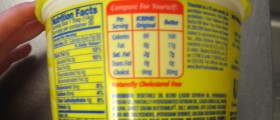

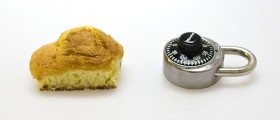
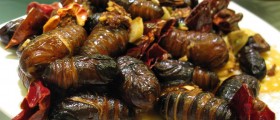

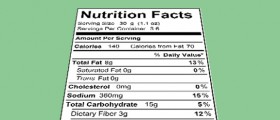
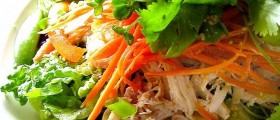
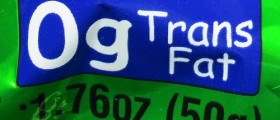
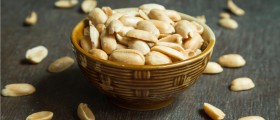

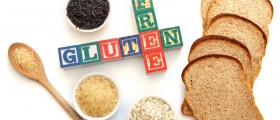
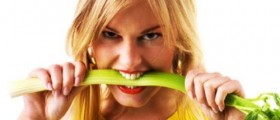

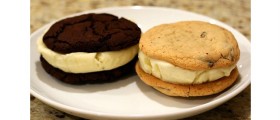




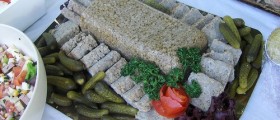

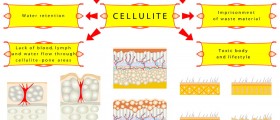
Your thoughts on this
Loading...